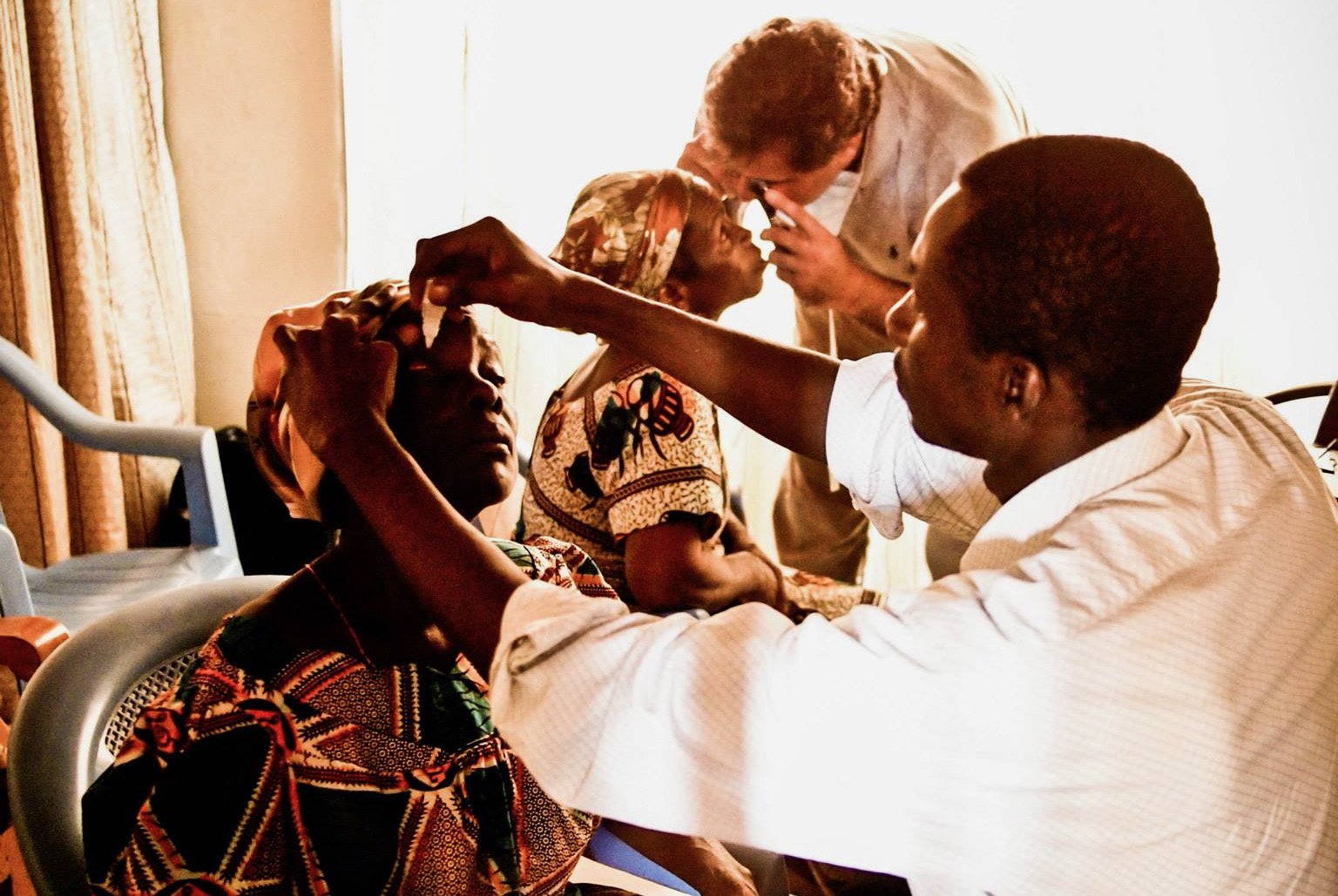
GLOBAL HEALTH CERTIFICATE
Module 6: ‘Patient’ Capital in Social Entrepreneurship
An Emerging Trend: Social Venture Investors
While venture capital was predominantly invested in such industries as semiconductors, biotechnology, and the internet in the past, venture investors today are increasingly attracted to small business models that, in addition to their potential to earn attractive financial returns, could yield social benefits. Many venture investors increasingly recognize that there is no need for a tradeoff between earning profits and delivering a social mission. Already many industries, such as clean energy and organic foods, are getting investors’ attention and their ‘patient’ capital.(1)
"There’s more attention in this space, and with attention, more investors want to participate… it becomes less a fringe and more acceptable. In a few years it’ll be closer to mainstream.”(2) - Deb Parsons, business development director at Investors’ Circle
What is ‘Patient’ Capital?
“Patient capital is another name for long-term capital. With patient capital, the investor or backer is willing to make some type of investment in a business with no expectation of turning a quick profit. Instead, the investor is willing to defer any return for an extended period of time.”(3)
Patient capital is revolutionizing the concept of philanthropy. Social entrepreneurs are no longer content with traditional philanthropy – which is normally the giving of direct, temporary aid to relieve poverty – as the best way to alleviate poverty. Patient capital allows social entrepreneurs to bring their business acumen to bear on social issues. By combining patient capital with their talent and knowledge, social entrepreneurs strive to perfect the correct models for delivering basic goods and services, such as housing, healthcare, energy and clean water, to the underserved market of the poor in the most effective and efficient ways.(4) Patient capital is based on the philosophy that everyone should have access to basic goods and services.(5) It targets the poor consumers.
‘Patient’ Capital as a Poverty-Reduction Tool
“People grow out of poverty when they create small businesses that employ their neighbors. Nothing else lasts.”(6) -Thomas L. Friedman
Moreover, according to Friedman, many people do not aspire to become entrepreneurs because they would rather be followers of certain risk-taking leaders and innovators.(7) As such, patient capital must be made available to these would-be capitalists to initiate their own businesses which could in turn benefit others.Patient capital can also be used to increase the incomes of the poor sustainably. A case in point described by Friedman is the Kenyan company Advanced Bio-Extracts (ABE), a pharmaceutical company which produces an affordable, efficacious malaria treatment in a region where malaria still kills nearly a million Africans annually. ABE also designs contracts with small local farmers to grow the botanical ingredient for the drug, which helps them earn more income than just growing corn. This business model is funded using ‘patient’ capital from investors like Novartis and the Acumen Fund.(8)
The Significance of ‘Patient Capital’ in Improving Global Health(9)
In the Global South, health services rendered by the private sector are often costly and unattainable. As such, patient capital could be invested in social enterprises that provide high-quality medical care at a low cost to the poor.
Brief Case Study: The Acumen Fund
“People don’t want handouts…They want to make their own decisions, to solve their own problems.”(10) – Jacqueline Novogratz
A former graduate of Stanford Business School and subsequently an international banker, Jacqueline Novogratz is now a social entrepreneur who is redefining the practice of philanthropy by tapping into her business foresight and skills to fight poverty in the Global South She believes that traditional charity, which merely gives aid, is no longer an adequate solution to the problem of poverty. Founding The Acumen Fund in 2001, Novogratz uses market-oriented approaches to tackle issues of poverty– by providing promising entrepreneurs, who bring the necessary good and services to communities who need them, with patient capital. Rather than distributing handouts like a traditional charity, The Acumen Fund invests in socially-conscientious companies whose target customers are the world’s poor.(11)
“From drip-irrigation systems in India to malaria-preventing bed nets in Tanzania to a low-cost mortgage program in Pakistan, Acumen’s portfolio offers important case studies for entrepreneurial efforts aimed at the vastly underserved market of those making less than $4/day.”(12)
Footnotes
(1) Tozzi, J. "More 'Patient Capital' for Social Ventures." Business Week 03 Apri 2009. https://www.bloomberg.com/news/articles/2009-04-03/more-patient-capital-for-social-venturesbusinessweek-business-news-stock-market-and-financial-advice.
(2) As quoted in Tozzi, J. "More 'Patient Capital' for Social Ventures." Business Week 03 Apri 2009. https://www.bloomberg.com/news/articles/2009-04-03/more-patient-capital-for-social-venturesbusinessweek-business-news-stock-market-and-financial-advice.
(3) Tatum, M. "What is Patient Capital?." Wisegeek. 12 Jun 2009. https://www.wisegeek.com/what-is-patient-capital.htm.
(4) Novogratz, J. (2007). Meeting urgent needs with patient capital. Innovations: Technology, Governance, Globalization, 2(1-2), 19-30.
(5) Ibid.
(6) Friedman. T. "''Patient' Capital for an Africa That Can't Wait," The New York Times 20 Apr 2007. https://www.nytimes.com/2007/04/20/opinion/20friedman.html.
(7) Ibid.
(8) Ibid.
(9) Nair, A. "Acumen Fund Blog: Patient Capital and Global Health." [Weblog Acumen Fund Blog] 03 Jul 2008. The Acumen Fund. Web.12 Jun 2009.
(10) "Jacqueline Novogratz." TED: Ideas Worth Spreading. 12 Jun 2009. https://www.ted.com/talks/jacqueline_novogratz_patient_capitalism?language=en.
(11) Ibid.
(12) Ibid.
